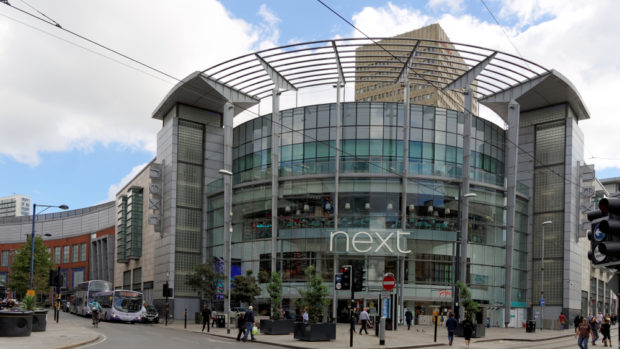With the high street bouncing back and shoppers spending approximately one year, two weeks and a day of their life in shop queues, Slip reveals what retailers are doing to reinvent retail and create a frictionless in-store experience that matches the convenience of online shopping.
The rise of checkout-free systems
In a post-pandemic world, shoppers have been cautious of the return to brick and mortar stores, with 33 per cent of shoppers advising they avoid visiting stores due to crowding. As the main cause of crowding in stores is due to queues being held up at checkouts, 86 per cent of people surveyed state they would avoid stores if a queue looks too long. Retailers have focused on making this part of the in-store experience more seamless through self-checkout or checkout-free stores such as Amazon Go and Tesco GetGo. The technology utilises integrated camera systems, sensors, and AI algorithms to create an autonomous shopping experience that ensures a faster in-store experience by cutting down queue times. The introduction of these stores to the high street has generally received positive feedback from consumers and a recent survey showed that 70 per cent of Brits would like retailers to offer a hybrid or fully autonomous experience.
Alternative queue management systems
Since last July, searches made online for ‘queue management system’ have risen by 131 per cent as lockdown restrictions have unwinded and footfall levels steadily begin to rise again in-store. In response, retailers are beginning to use virtual queue management systems that help both customers and retailers to access checkout stations more efficiently and reduce the need for paper receipts and tickets. In recent years, IKEA has become one of the latest major retailers to introduce a virtual queue management system after appointing the services of cloud-based Customer Experience Management platform Qudini. The new virtual system streamlines the company’s Click & Collect services by allowing customers to be placed in a virtual queue with real time updates on their progress before being met by a member of staff. Since the technology was rolled out in recent years IKEA has gone on to rank number one in the Connected Retail Index with new data also revealing that 21 per cent of the retailer’s customers bought additional items via the Qudini platform while waiting in the queue.
Optimising in-store advancements to improve the post-purchase experience
Not only does the rise of technological innovation in-store curate a frictionless experience, but data that can be collected from an omnichannel system can also be used to enhance the post-purchase experience, and leverage consumer feedback and spending habits for customer retention. With data at its core, Slip allows retailers to capture a wealth of in-store insights on shopper buying habits through the use of a receipt as a data touch point so that business leaders can prepare the next steps for a more frictionless in-store experience.
Tash Grossman, CEO and Co-founder of Slip commented: “It’s a very exciting time to be in the retail space with many advancements taking place to reimagine the high street. At Slip, we wanted to create a system that not only tackles convenience for shoppers heads on, but also provides valuable insights to retailers for future planning. With retailers taking a particular interest in increasing footfall to physical stores utilising technology is a key part of this and we’re excited to expand our services even further this year as we introduce our technology into new stores.”








Share